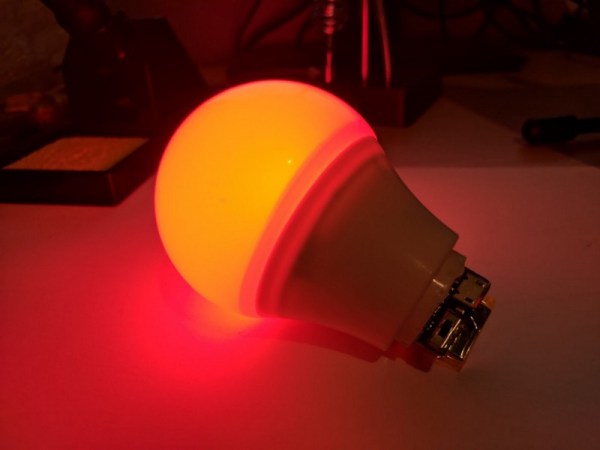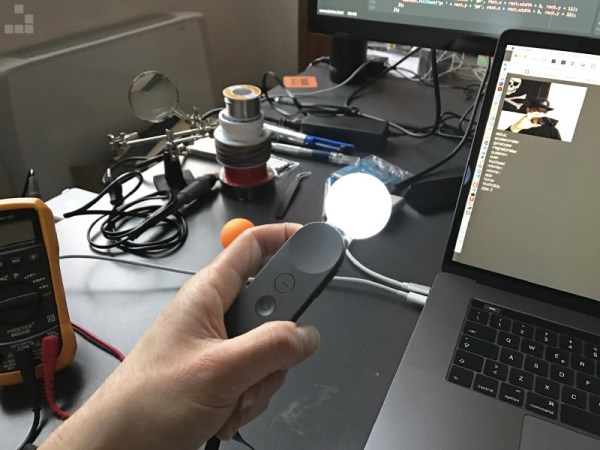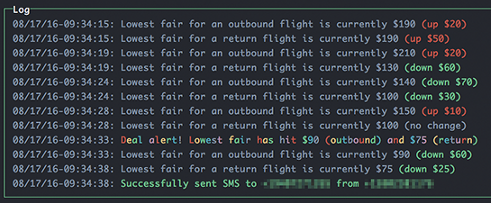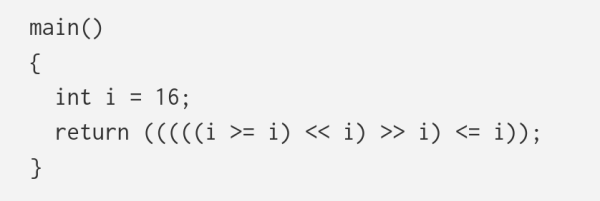[Uri Shaked]’s lamentation over the breaking of his smart bulb was brief as it was inspiring — now he had a perfectly valid excuse to hack it into a magic light bulb.
The first step was disassembling the bulb and converting it to run on a tiny, 130mAh battery. Inside the bulb’s base, the power supply board, Bluetooth and radio circuits, as well as the LED board didn’t leave much room, but he was able to fit in 3.3V and 12V step-up voltage regulators for the LiPo battery. 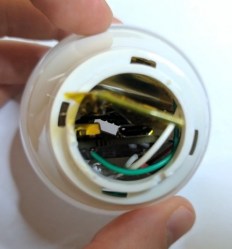
[Shaked]’s self-imposed bonus round was to also wedge a charging circuit — which he co-opted from a previous project — into the bulb instead of disassembling it every time it needed more juice. Re-soldering the parts together: easy. Fitting everything inside a minuscule puzzle-box: hard. Kapton tape proved eminently helpful in preventing shorts in the confined space.
Continue reading “A Magic Light Bulb For All Your Bright Ideas”

